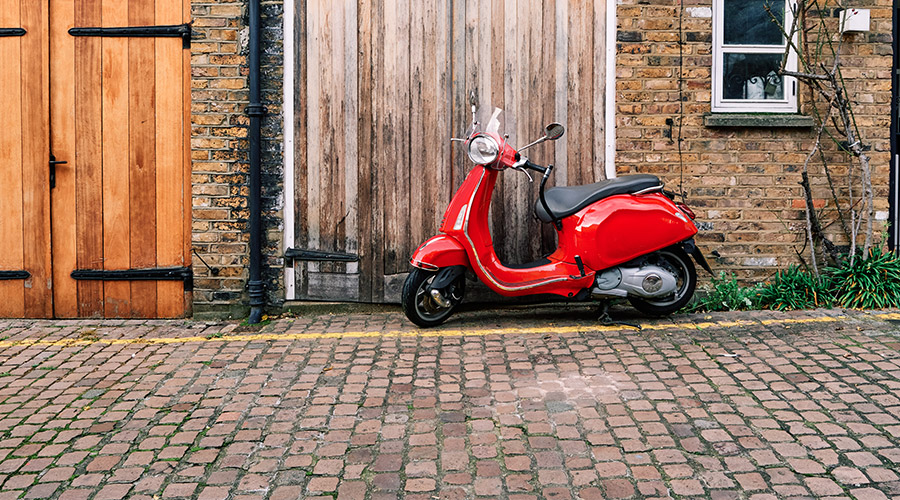The Glorious History of Cobblestones
Bigger than pebbles, but smaller than bricks, cobblestones are used extensively in landscaping, creating outdoor pathways and pavements. Décor Luxury Stones is one of the top cobble stone suppliers in India, well-known in India and overseas for the best-quality cobblestones. We specialise in high-quality Indian cobbles, granite cobbles, limestone cobbles and standstone cobbles.
Low maintenance, fireproof and absolutely charming, cobblestones have a long, glorious history. In this guide, we walk you through the evolution of cobblestone applications over the centuries to its modern version.
Let’s get started.
Cobblestones – A Look Through History
Cobblestones are charming. When we think of them, it brings down memories of cute little alleys and winding lanes in charming European towns. Ah cobbles, they are a bit tricky to walk on. One misstep, they could lead to a tumble.
Not just pretty, cobbles are quite functional. They are one of the most hardwearing and extremely durable materials for pavements.
How were cobblestone roads constructed?
Worn cobbles were collected from river beds and quarries. They were then segregated according to size and set it mortar. Easy to clean, cobblestone roads are perfect for areas prone to flooding and freezing.
Cobblestone roads were a giant leap from the muddy and dirty tracks of centuries ago. As a result, these roads started gaining popularity centuries ago. Let’s look at three distinct time periods when cobblestones started gaining prominence.
The Early Period – Up to 1300 AD
You may have heard the saying, “All roads lead to Rome,” but did you know that it comes from a historical fact?
Around 238 BC, the Romans used tons of cobblestones to lay around roads over 50,000 miles! These roads were used to link every part of the Roman Empire and surprisingly, they all lead to Rome! Hence, the saying.
Historians believe that this strong network of cobblestone roads played a crucial role in enabling Roman domination in the European continent. The amazing fact is that large segments of these roads exist even today.
From 1400 AD to the Late 18th Century
During the early part of the medieval era, road building in Europe took a backseat. It was neglected just like other critical areas of public life like hygiene and health. During this era, the roads left back by the glorious Roman Empire was lost in dirt and dust. It was mostly muddy tracks and dirt roads.
Only a few major roads were of prominence during this time period. One such road in London connecting Westminster Abbey with the famous Temple Bar in London was laid with cobblestones. Towards the end of the 18th century, road making gained priority and cobblestone road construction and maintenance began picking up speed.
The Glorious 19th Century
It was during the 19th century that cobblestone roads reached their pinnacle. Cobblestone roads were extensively laid in England and the rest of the European continent. The Europeans even took cobblestone roads overseas by laying them in their colonies like Puducherry in India, Boston, USA and Cape Town in South Africa.
Today, you can find cobblestone roads very much in every corner of the planet. Over the years, cobblestone roads evolved to best suit horses’ hooves, as horse-drawn carts were the primary mode of transport those days. This is why, the historical cobblestone roads found in Europe and other parts of the world are made with 4” diameter stones. This stone size was the easiest on horses’ feet. However, this size is not best suited for human feet. If you have ever strolled on a cobblestone road with pointed footwear, then you know the struggle.
The modern cobblestone alleys and roads are made with flatter and square cobbles that are easier to walk. What holds true is that though cobblestones have been around for several millennia, they are still immensely popular.
3 Modern Applications of Cobblestones
The three major applications of cobblestones today include:
Garden Pavers
Natural stones are an excellent complement to the greenery of a garden. The natural textures of cobblestones add an element of interest to your garden. Unlike man-made tiles that stand out, cobblestones blend with the background, creating a seamless natural look. Additionally, these stones can last for hundreds of years. So, you don’t have to worry about replacing them.
Interior Decoration
Natural stones like cobbles make for a great interior decoration element. They are versatile, charming and appealing. They fit well with both modern and contemporary interior decoration. They bring unique textures indoors making your interiors stand out. Whether you’re using cobblestones on a feature wall or to add beauty to your countertops, corridors, they are sure to make your interiors one-of-a-kind. If you’re looking for a stunning interior on a low budget, then cobblestones are your best bet.
Exteriors
Natural stones like cobbles can also be used on the external façade of your home. They play a crucial role in enhancing the overall curb appeal of your home. Additionally, since it’s extremely durable, you don’t have to worry about replacing the exteriors often. These stones retain their natural lustre and shine, even when exposed to natural elements like direct sunlight and heavy rains.
Are you interested in cobblestones for your home? Get in touch with our team at Décor Luxury Stones, the no.1 trusted cobblestone suppliers in India. Timely delivery, wide range of choices, competitive prices, we can ship cobblestones both domestically as well as overseas. Drop us a note and let’s help you find the best cobblestones in India.





